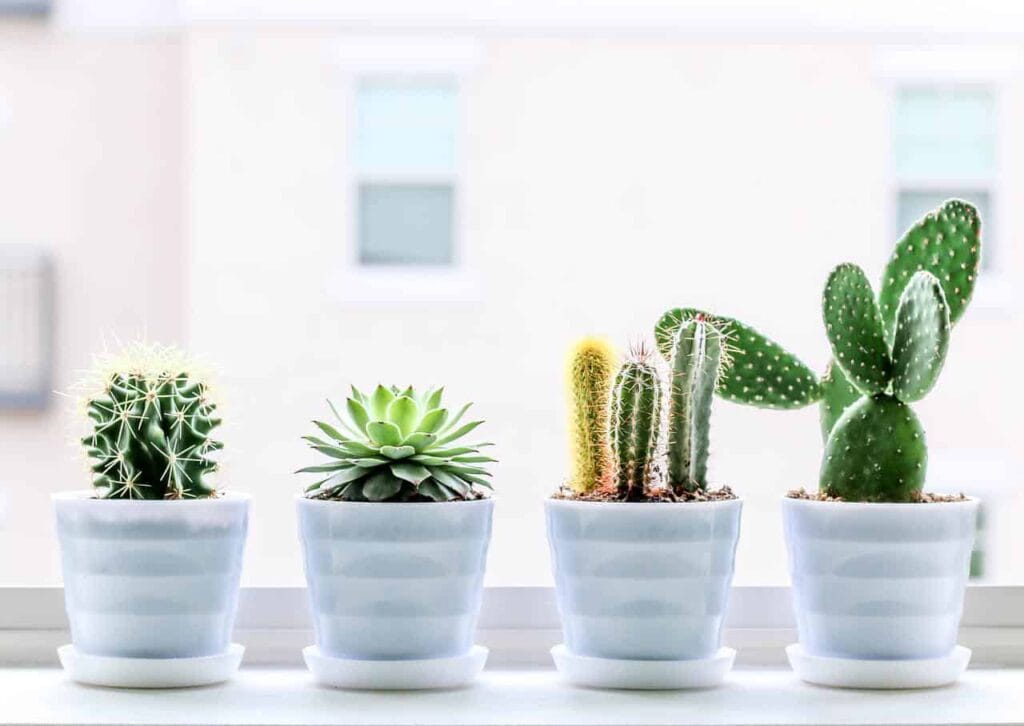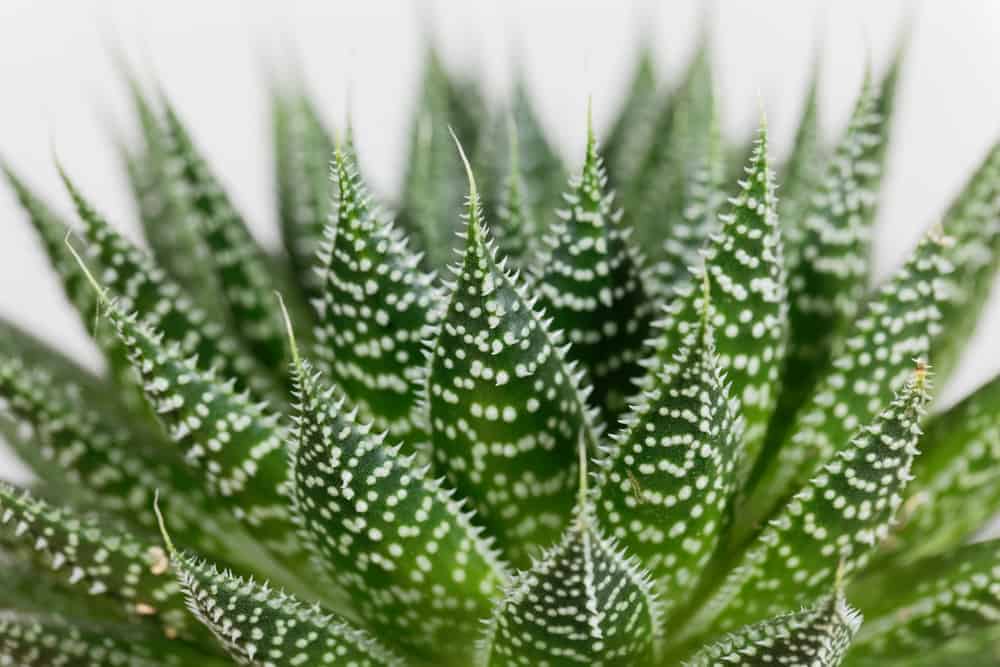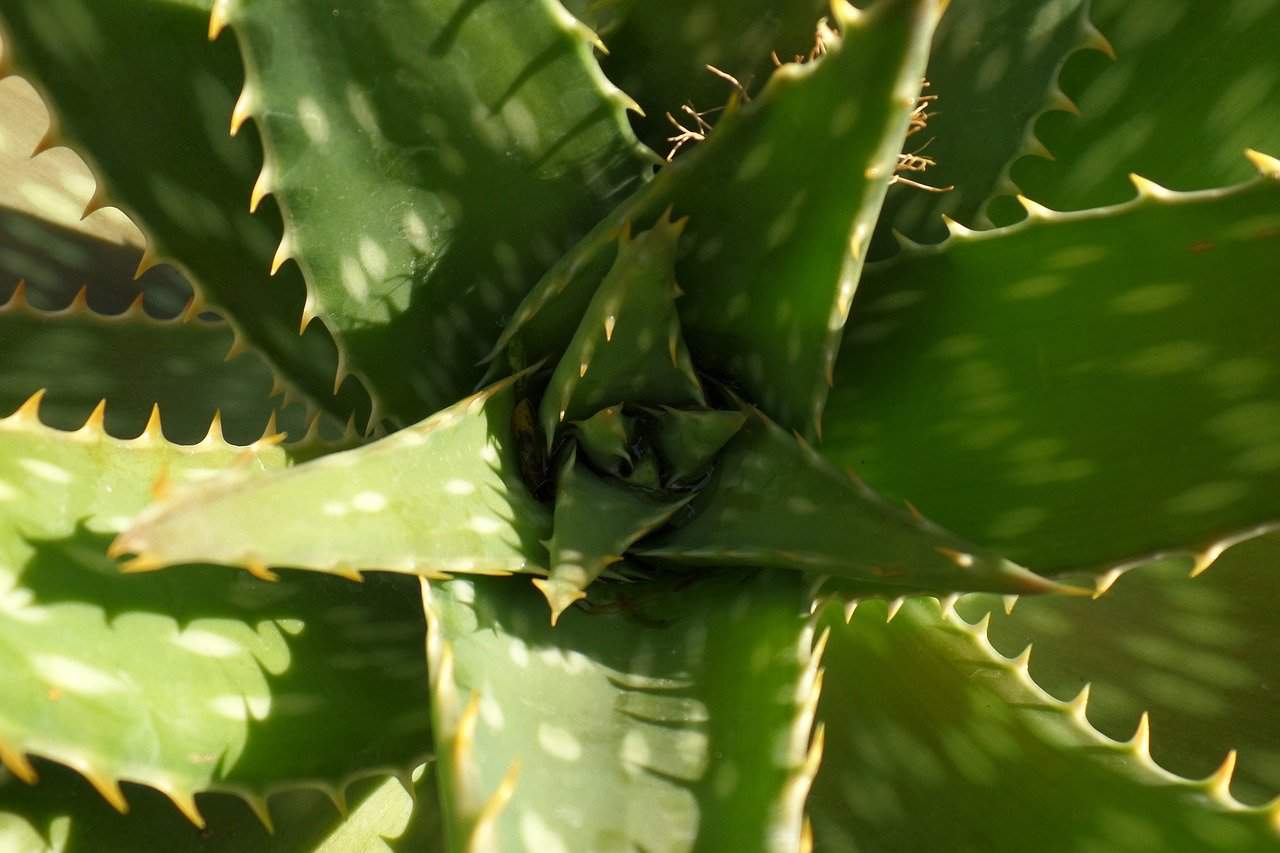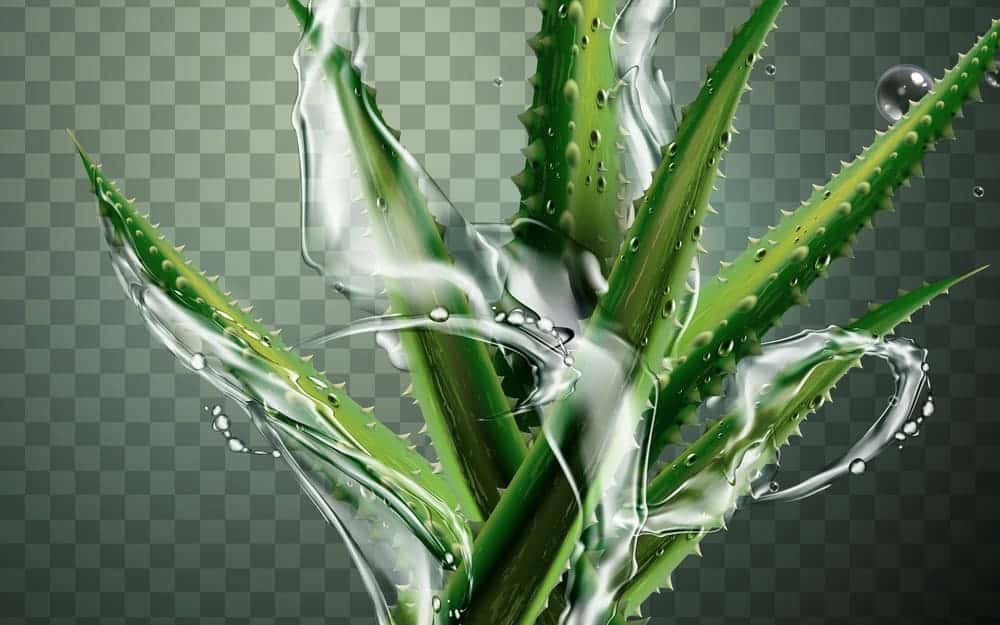Image by Ty Johnson from Pixabay
Table of Content
- 1 1. Aloe Barbadensis Miller
- 2 2. Aloe Crosby’s Prolific
- 3 3. Aloe Rubroviolacea
- 4 4. Aloe Javanica
- 5 5. Aloe Mollis
- 6 6. Aloe Plantaginea
- 7 7. Aloe Speciosa
- 8 8. Aloe Sessilis
- 9 9. Aloe Ferox
- 10 10. Aloe Microstigma
- 11 11. Aloe Broomii
- 12 12. Common Aloe (A. Arborescens)
- 13 13. Aloe Ciliaris
- 14 14. Aloe X Principis
- 15 15. Arabian Aloe (Aloe Rubroviolacea)
- 16 16. Cape Aloe (Aloe Ferox)
- 17 17. Cape Speckled Aloe (Aloe Microstigma)
- 18 18. Coral Aloe (Aloe Striata)
1. Aloe Barbadensis Miller
Aloes are known for their medicinal qualities, and many different aloe species exist. There are over 300 varieties found around the world. One of the most well-known types is referred to as Aloe Barbadensis Millers. This plant produces a gel that has been used since ancient times to treat wounds. It is still being used today. Vitamins A, B12, and C are abundant in aloe vera. E, K, Folic acid, calcium, iron, magnesium, phosphorus, potassium, zinc, copper, manganese, niacin, and riboflavin, thiamine, vitamin B6, pantothenic acid, and biotin.
It also contains enzymes, amino acids, carbohydrates, fiber, glycosides, minerals, polysaccharides, saponins, sterols, tannins, and water.
2. Aloe Crosby’s Prolific
This tiny little aloe is a prolific producer of beautiful blooms. Its foliage turns bright red in the summer sun. However, it has deep green leaves and thrives in full sun. A small pot of this mini aloe makes a great addition to a garden bed or container.
The plant is simple to take care of and grow.
3. Aloe Rubroviolacea
Arabian aloe is one of the most popular houseplants because it tolerates dry conditions and does well indoors. This hardy succulent requires minimal care and thrives in average garden soil. Its foliage turns brilliant shades of gold, orange, and burgundy in fall and winter. It produces clusters of tiny white flowers in spring, followed by red berries. Consequently, if you’re searching for a low-maintenance plant, look no further.
4. Aloe Javanica
Javanese aloe is an evergreen shrub with glossy dark green leaves. The plant grows up to 3 feet tall and can be grown as a ground cover or in containers. It prefers partial shade but will tolerate some direct sunlight.
5. Aloe Mollis
Mossy aloe is a vigorous perennial that grows about 2 feet high. It has thick, leathery, grayish-green leaves that turn yellow in Autumn. Mossy aloe is often confused with other types of aloe. However, its soft, velvety texture distinguishes it from all others.
Mossy aloe is native to South Africa and Madagascar. It was introduced into cultivation in Europe in 1838. Today, it is widely cultivated throughout tropical regions.
6. Aloe Plantaginea
Plantaginea aloe is a fast-growing, drought tolerant, deciduous shrub. It has large, heart-shaped leaves that turn golden yellow in late fall. The plant is beautiful when covered in snow.
7. Aloe Speciosa
Speciosa aloe is a sprawling, semi-succulent plant with long, narrow, pointed leaves. It is a plant with a moderate growth rate and reaches a height. of 4 feet. It is best suited for warm climates.
8. Aloe Sessilis
Sessilis aloe is a bushy, upright, spreading, herbaceous annual plant. It has broad, oblong, serrated leaves that turn reddish brown in fall.
9. Aloe Ferox
Cape Aloe is one of the oldest plants found in South Africa. Its leaves have been used for medicinal purposes since ancient times. This species is known as Aloe ferox because it grows on rocky cliffs along the coast.
The plant produces large bright orange flower heads. These are followed by long thin green stems bearing small oval leaves. The transparent gel of the cape aloe is used in burn salves, other skin care products, and food supplements.
10. Aloe Microstigma
Aloes are plants that grow in arid regions around the world. They are known for having thick succulent stems and leaves covered in tiny hairs called trichomes. These trichomes contain chemicals that protect the aloe from insects, heat, drought, and disease. Aloes are often used for medicinal purposes because of their healing properties.
Microstigma aloe is a type of aloe that only grows in southern Africa. It is also known as the Cape Aloe.
11. Aloe Broomii
Snake Aloe is one of those plants you see everywhere in nurseries because it’s easy to grow. This aloe plant is popular for its beautiful light green leaves and white blooms. You can use snake aloe to decorate your garden, patio, balcony, and indoors.
The flower looks like a candle, hence the name, and attracts birds. They are attracted to the nectar inside the trumpet-shaped bloom. You can pinch some of the buds to encourage flowering if there aren’t enough blossoms.
Aloes are native to Africa and South America. The original species of snake aloe is found in Madagascar. The genus name refers to the shape of the leaf, while the specific epithet refers to the color of the leaves.
12. Common Aloe (A. Arborescens)
There have been aloe vera plants for thousands of years, and is widely cultivated worldwide. It is well suited to growing indoors because it requires very little water and doesn’t grow too big. This makes it ideal for indoor gardening.
Aloes are often confused with cacti, but the two have several differences. For starters, aloes do not have thorns like cacti. They also don’t produce flowers, unlike cacti. And while both aloes and cacti contain latex, aloes’ latex isn’t sticky like cactus latex.
13. Aloe Ciliaris
The common climbing aloe is one of the most popular houseplants found across North America. This succulent is easy to grow and highly versatile, making it perfect for indoor and outdoor use. It thrives in both direct sunlight and some shade. requires little care. You don’t need soil to grow this plant; just place it in a pot filled with pebbles.
This plant is also very hardy, meaning it can handle temperatures ranging from -10°F (-23°C) to 110°F (43°C). You might think that such extreme weather conditions would kill it, but it prefers cold temperatures because it uses them to produce the extra energy needed to keep growing. So if you live somewhere where winter temperatures drop to freezing, you’ll want to bring your plants inside during those times.
As far as size goes, the common climbing aloe reaches heights of up to 20 feet (6 meters), although it usually stays around 10 feet (3 meters). While there isn’t much variation in height, there is some variation in leaf size, which ranges from 2 inches long (5 centimeters) up to 8 inches (20 centimeters). The leaves are available in a variety of sizes and hues. including green, yellow, pink, white, and purple. Some varieties even have spots or stripes.
There are hundreds of different species of aloes, and each one has slightly different characteristics. However, common climbing aloe was the first type discovered and is still the most widely grown today.
14. Aloe X Principis
Aloes are native to Southern Africa and grow up to nine feet tall. They produce spikes in the winter that are bright red or orange and are therefore known as “winter aloes.” This particular variety grows to around three meters in height and flowers every spring. It is deer resistant, attractive to birds and bees, and looks great planted in the Mediterranean or brightening any winter garden.
15. Arabian Aloe (Aloe Rubroviolacea)
This aloe is native to the tropical forests of South America. It is widely cultivated in India, Pakistan, Sri Lanka, and Indonesia. Its leaves are used medicinally to relieve pain and inflammation. They contain saponins, flavonoids, and anthraquinones.
The leaves are harvested when they turn yellow in Autumn, dried, and ground into powder form. Some people use it internally to reduce fever, ease joint pain, and heal wounds. Others use it externally as a skin moisturizer.
16. Cape Aloe (Aloe Ferox)
Cape aloes are native to South Africa and consist of blue-green leaves with tinges of rose. They can reach lengths of three feet and are found throughout the country. These plants thrive in sandy soil and full sun. In the winter, the dried leaves turn orange and look like little tubes. Flowers bloom in the summer.
17. Cape Speckled Aloe (Aloe Microstigma)
This type of aloe is found throughout East Africa. It gets its name from the speckles on its leaves and stems. These aloes grow up to 30cm high and produce large round leaves with a vivid pink interior. Their bi-colored leaves are green on one side and light brown on the other, turning darker as it ages. In addition, there are wide varieties of this plant, including:
• Cape Speckled Aloes
• Pink Aloes
• Red Aloes
• Yellow Aloes
• White Aloes
These aloes are relatively easy to cultivate and propagate. They do best in full sun and well-drained soil. They prefer slightly acidic soils and require regular watering during dry spells. A good fertilizer helps too. When you live somewhere warm, you may want to consider growing some of these aloes outdoors.
18. Coral Aloe (Aloe Striata)
Coral Aloes are native to South Africa and Namibia, where they grow naturally in arid areas. They prefer sandy soils and dry conditions and thrive in temperatures ranging from 50°F to 110°F. However, they like heat better than cold and will tolerate temperatures down to about 40°F.
They are simple to cultivate and don’t require much upkeep. Once established, they don’t mind drought or neglect; they look good even when neglected. Their foliage grows slowly during summer, reaching a maximum height of about 18 inches. After flowering, the plants die back completely. If you want to keep your Coral Aloe alive throughout the winter, cut off the dead parts and pot your plant into a larger container.




